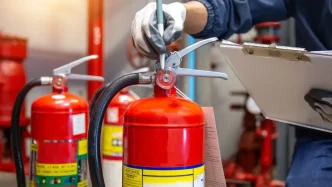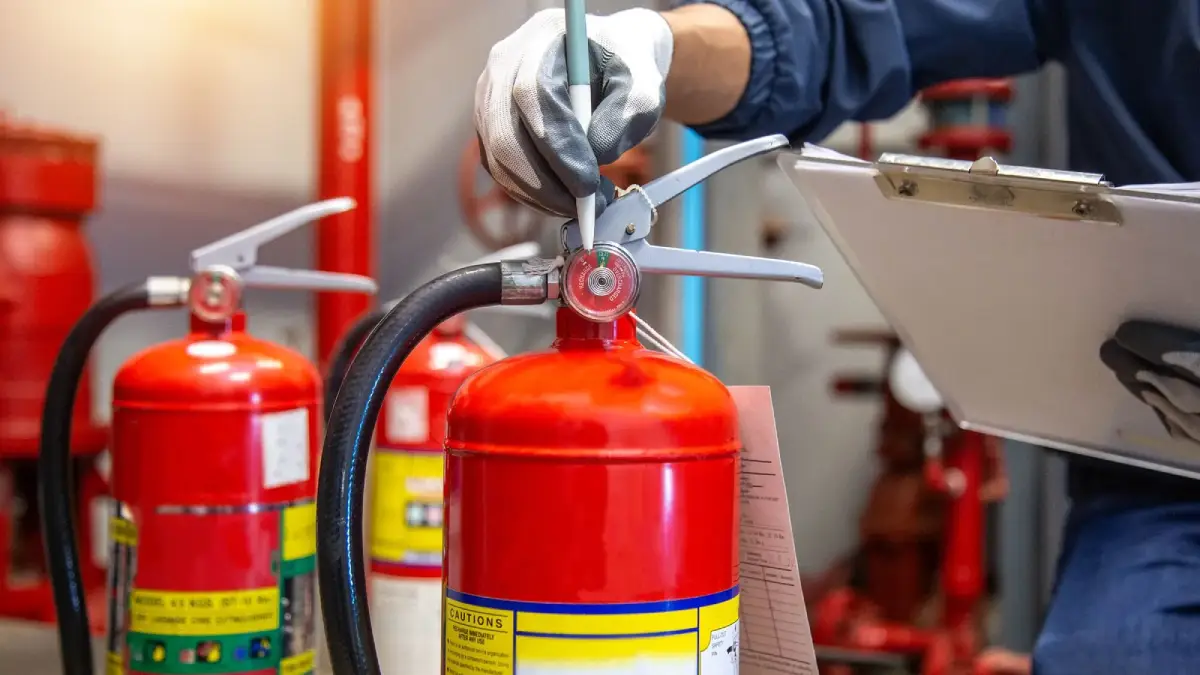In a stark reminder of the dangers lurking in Malaysia’s educational institutions, the Fire and Rescue Department has revealed that over 700 fire-hazard abatement notices were issued to schools across the country in 2024 and early 2025 for failing to meet basic safety standards. With a history of devastating fires, including the tragic 2017 blaze at Darul Quran Ittifaqiyah tahfiz school in Kuala Lumpur that claimed 25 lives, the latest findings have reignited urgent calls for systemic reform to protect students and staff from preventable disasters.
Alarming Statistics Highlight Systemic Failures
The Fire and Rescue Department’s inspections of 853 schools nationwide uncovered significant lapses, with 144 institutions flagged for non-compliance. A staggering 767 notices were issued to these schools, pointing to widespread issues such as defective firefighting equipment, missing exit signs, and inadequate emergency lighting. Pahang topped the list with 201 notices, followed by Perak with 82, and Kuala Lumpur with 75. While the majority of schools—760 in total—have since taken corrective measures, the department is pursuing legal action against three institutions for ignoring repeated warnings under the Fire Services Act 1988 (Act 341).
Under this legislation, non-compliance can result in fines of up to 3,000 Malaysian Ringgit (US$640) or imprisonment for a maximum of three years, or both. The department emphasized its ongoing efforts to enforce safety through periodic checks on passive and active safety installations, underscoring that such measures are critical to eliminating fire risks in public buildings. Yet, the sheer volume of notices suggests that lax attitudes and inadequate oversight continue to jeopardize the safety of Malaysia’s schools.
A History of Tragedy and Recurring Incidents
The urgency of addressing fire safety in schools cannot be overstated, given the nation’s tragic history. The 2017 fire at Darul Quran Ittifaqiyah tahfiz school in Kuala Lumpur remains the deadliest school fire in Malaysia’s records, with 25 lives lost, mostly students. The incident exposed critical vulnerabilities in building safety standards, particularly in private and religious schools, where oversight has often been inconsistent. Despite public outcry and promises of reform at the time, recent incidents indicate that the lessons of the past have not been fully heeded.
In 2025 alone, multiple school fires have been reported. On June 10, an early morning blaze destroyed the administrative building of SM Sains Alam Shah in Cheras. Just weeks earlier, on April 28, a fire broke out at the dormitory of SMK Tinggi Setapak in Kuala Lumpur. Last year saw similar incidents, including two separate fires at the boys’ dormitory of SM Sains Hulu Terengganu in May and June, and another at a hostel in Bukit Puchong, Selangor, in November. These recurring events paint a troubling picture of systemic neglect, with many schools ill-prepared to prevent or respond to emergencies.
Root Causes: Lax Attitudes and Resource Constraints
Experts and officials have long pointed to a combination of lax attitudes and resource constraints as key contributors to the persistent fire safety crisis. Many schools, particularly in rural areas or under private management, lack the funding to maintain or upgrade safety infrastructure. Fire extinguishers go unserviced, emergency exits remain unmarked or blocked, and staff are often untrained in evacuation protocols. In urban centers like Kuala Lumpur, overcrowding and aging infrastructure exacerbate the risks, with some school buildings dating back decades and lacking modern safety features.
“The issue is not just about equipment but also about mindset” said a Fire and Rescue Department spokesperson to local media. “Compliance must be seen as a priority, not an afterthought.” This sentiment echoes broader concerns among safety advocates who argue that both school administrations and regulatory bodies share responsibility for the current state of affairs. While the department’s inspections are a step in the right direction, critics question whether enough is being done to address underlying issues such as funding shortages and inconsistent enforcement across states.
Impact on Students and Communities
Beyond the immediate threat to life, school fires have profound psychological and social impacts on students, families, and communities. Survivors of such incidents often grapple with trauma, while parents live in constant fear for their children’s safety. The destruction of school facilities, as seen in Cheras earlier this year, disrupts education, forcing temporary closures or relocations that can derail academic progress. For low-income families, who may rely on public schools as a primary source of stability, these disruptions can have lasting economic consequences.
In the wake of the 2017 tragedy, community advocacy groups emerged to demand stricter regulations and greater accountability. Yet, the slow pace of change has left many frustrated. “We send our children to school expecting them to be safe” said a parent from Kuala Lumpur, whose child attends a school previously issued an abatement notice. “How many more incidents do we need before real action is taken?”
Government and Policy Responses
The Malaysian government has faced mounting pressure to overhaul fire safety regulations and enforcement mechanisms. The Fire Services Act 1988 provides a legal framework for accountability, but its effectiveness depends on consistent application and adequate resources for inspections. In response to the recent wave of notices, the Fire and Rescue Department has vowed to intensify its monitoring efforts and collaborate with the Ministry of Education to ensure compliance. However, details on specific funding allocations or timelines for improvements remain scarce.
Some states, such as Pahang, which recorded the highest number of violations, have initiated local programs to assist schools in meeting safety standards. These include subsidies for safety equipment and mandatory training for staff. Yet, disparities between states highlight the need for a unified national strategy. Education advocates argue that fire safety should be integrated into the national curriculum, teaching students and teachers alike how to respond to emergencies—a measure that could save lives in critical moments.
Looking Beyond Malaysia: Regional Lessons
Malaysia is not alone in grappling with fire safety challenges in educational settings. Across Southeast Asia, countries like Indonesia and Thailand have faced similar tragedies, often tied to outdated infrastructure and weak regulatory oversight. In 2019, a fire at a boarding school in Thailand’s northern region killed several students, prompting a national review of safety protocols. Indonesia, too, has seen deadly fires in urban slums where makeshift schools operate without proper permits. These regional examples underscore the need for cross-border collaboration and shared learning to address common vulnerabilities.
International organizations, such as the United Nations Office for Disaster Risk Reduction, have called for integrating disaster preparedness into education systems, particularly in fire-prone regions. For Malaysia, adopting such frameworks could provide a roadmap for long-term resilience, ensuring that schools are not only equipped to prevent fires but also prepared to respond effectively when they occur.
The Path Forward: A Call to Action
As Malaysia confronts the ongoing crisis of fire safety in its schools, the path forward demands a multi-pronged approach. Strengthening enforcement of existing laws, increasing funding for safety upgrades, and fostering a culture of accountability are essential steps. Equally important is public awareness—ensuring that parents, students, and educators understand the risks and advocate for change. With legal action pending against non-compliant schools and hundreds of notices issued in recent months, the stakes could not be higher.
The memory of the 2017 Darul Quran Ittifaqiyah tragedy looms large, a somber reminder of what is at risk when safety is sidelined. As the nation reflects on its progress—or lack thereof—in the years since, the question remains: will the latest wave of warnings finally catalyze the systemic reform needed to protect Malaysia’s future generations?
















